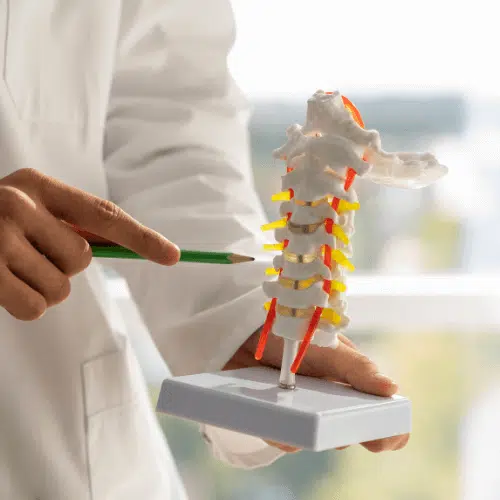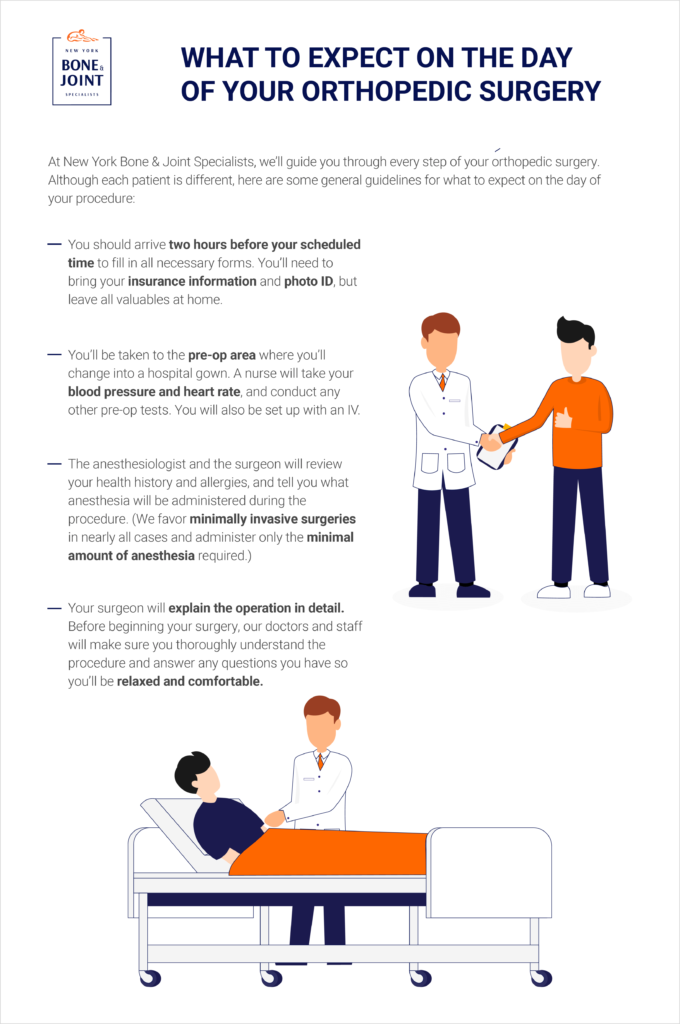Not known Factual Statements About Axis Spine And Orthopedics
Not known Factual Statements About Axis Spine And Orthopedics
Blog Article
Axis Spine And Orthopedics - The Facts
Table of ContentsFacts About Axis Spine And Orthopedics RevealedThe Greatest Guide To Axis Spine And OrthopedicsThe Of Axis Spine And OrthopedicsThe Basic Principles Of Axis Spine And Orthopedics
An orthopedic doctor is a physician who specializes in treating problems of the bones, joints, and connective cells, and ensuring you keep a healthy bone and joint system., we have very qualified orthopedic surgeons that are capable of dealing with people of all ages. I got entailed in research during my very first year of clinical school, and I began making links with orthopedic surgeons early on.
Adhere to these standards carefully to stay clear of problems during the procedure. Talk about the post-operative treatment strategy with your surgeon. Recognize what to anticipate throughout the recuperation duration and exactly how long it will certainly require to resume everyday tasks. Prepare for transportation to and from the health center on the day of surgery.
Unknown Facts About Axis Spine And Orthopedics

You won't have the ability to drive promptly after the procedure. Method relaxation techniques, such as reflection or deep breathing exercises, to aid manage anxiety. Shower with an anti-bacterial soap the evening before and the morning of the surgical treatment to lower the risk of infection. Your doctor will supply a lot of info relating to post-operative treatment, including just how to stay tidy and keep the medical area clean. This can be helpful to do days before the surgery to ensure you do not forget anything. Following these tips can prepare you literally and mentally for your orthopedic surgery. Bear in mind to maintain a positive overview and trust your medical team's knowledge, contributing to a smoother recovery procedure. Your active participation in the preparation procedure will empower you to organize your health and wellness and enhance your total medical experience. Reviewing a little bit concerning the surgical procedure or trying to enjoy a vid of it is the finest preparation. By doing this you have a concept of what occurred, what is occurring, and what will happen.

No one anticipates you to recognize anything, so don't attempt to remember a lot of random realities. Otherwise, joint discomfort can truly mess up your life.
The constant pain in your knee or the tightness in your shoulder can slow you down and make easy tasks difficult. Common problems treated by orthopedic doctors are: Fractures and Bone Injury: Broken bones and other injuries from crashes or impacts. Arthritis: Especially osteoarthritis, which triggers joint discomfort and stiffness. Benign Soft Tissue Lumps: Non-cancerous growths in muscle mass or various other soft tissues. Bone Cancer Cells: Tumors in the bones. Bursitis: Swelling of the tiny sacs of.
The 3-Minute Rule for Axis Spine And Orthopedics
liquid that support the bones, tendons, and muscular tissues near your joints. Neck and Reduced Neck And Back Pain: Concerns affecting the back. Orthopedic Injury: Extreme injuries affecting bones, read the article joints, or soft tissues. Sports Injuries: Issues like tendon rips, ligament injuries, and joint discomfort from athletic activities.
Sprains and Strains: Injuries to ligaments and muscular tissues. Tendinitis: Swelling of the ligaments. Orthopedic doctors execute a selection of treatments to help individuals with musculoskeletal issues. Usual instances are knee and hip replacements. Joint Repair: Restoring a damaged joint to recover its feature. Bone Grafting: Taking bone from one component of the body and transplanting it to an additional location to repair and reconstruct damaged bones. Reconnecting Nerves: Repairing broken nerves to recover motion and experience. Back Disk Substitute: Replacing a damaged spinal disk with a man-made one to alleviate discomfort and recover function. You'll need to take and pass the Medical College Admission Examination( MCAT). This standard test analyzes your expertise and abilities required for success in medical college. Clinical institution is an extreme
Axis Spine And Orthopedics Fundamentals Explained
Next off, they finish an orthopedic residency. It's usually five years and gives hands-on discovering in a medical setting. Limited motion due to discomfort. Rigidity. Visits often consist of: Discussing your symptoms, clinical history and way of life. A physical examination, consisting of relocating the impacted joint in specific methods. Imaging researches, such as an X-ray. Explanation of your diagnosis.
Therapy referrals. Some conditions need added imaging, like a CT scan or MRI for more comprehensive sights of the unpleasant area. Your orthopedist will certainly advise therapies to minimize signs and symptoms until you receive a medical diagnosis. Orthopedic doctors specialize in nonsurgical and surgical methods. For sure kinds of orthopedic trauma or hereditary conditions, surgical procedure is often the initial line of treatment. For a lot of various other conditions, orthopedists try nonsurgical treatments. It might take even more than one sort of treatment to accomplish long lasting relief. Choosing the right is essential for successful medical outcomes and improved individual healing. With a variety of options offered on the market, it can be frustrating for both surgeons and clients to make an informed decision. The top 5 factors to consider when choosing an orthopedic dental implant are medical compatibility, cost-effectiveness, considerations for revision surgery, patient-specific elements, and the design and development of the implant. They can be found in numerous forms, sizes, and products, each offering a details function based upon the individual's needs. Comprehending the fundamentals of orthopedic implants is important before diving right into the decision-making procedure. One of the leading factors to consider when selecting an orthopedic dental implant is its compatibility with the surgical procedure. Various implants are designed for different medical methods and methods. The orthopedic implant must be particularly made to fit the individual's composition and guarantee security during the healing process. Surgical compatibility includes elements such as implant size, form, and product. The success of orthopedic procedures relies greatly on the appropriate selection and positioning of implants that work with the client's makeup and clinical history. By prioritizing individual safety and health, orthopedic cosmetic surgeons can attain effective end results and provide the highest top quality of treatment to their people. Doctors must thoroughly take into consideration the biomechanical residential or commercial properties of the dental implant and how it will certainly incorporate with the person's bone structure. This will certainly add to better surgical end results, minimized problems, and much shorter healing time. When picking implants for a client, it is important to take into consideration a range of patient-specific factors that can influence the success and end result of the procedure. These factors incorporate the individual's age, bone high quality and amount, oral health status, clinical background, way of living practices, and visual preferences. For older individuals with compromised bone density, much shorter implants or implanting procedures might be advantageous to supply the essential stability and support. 3. Is the dimension of the orthopedic implant an essential consideration? Just how does it influence the surgical treatment and the patient's recovery? Yes, the dimension of the implant is crucial as it should match the patient's structure for appropriate fit and capability. 4. Can the person's age and way of living contribute in picking one of the most appropriate orthopedic implant? Absolutely. Just how does the expense of an orthopedic dental implant factor right into the decision-making procedure, and are there methods to stabilize high quality with price? The expense of the implant is an important consideration, but it should not be the sole determining factor. Stabilizing top quality with cost includes considering various dental implant choices 'long-lasting advantages and prospective complications. Report this page